Antinormative photo
Images purpose is to be maps of the world, but they become biombos. We, instead of using images as a function of the world, start to live in function of images. We no longer decipher the scenes of the image as meanings of the world, but the world itself is being experienced as a set of scenes. Reality begins to reflect images, instead of the oder way around.
It demonstrates our alienation from our own instruments. We forget the reason why images are produced: to serve as instruments to guide us in the world. Imagination becomes hallucination and we become incapable of deciphering images. Images lose its function, they no longer represent reality.
Photographs are technical images that transcode concepts (optical, quimical, digital) on surfaces. To decipher them is to discover what the concepts mean. This is complicated, because in photography two coding intentions are amalgamated: that of the photographer and that of the apparatus. Photographers aim to eternalize themselvs in others through photography. The device aims to program society through photography for a behavior that allows it to improve itself. Photography is, therefore, a message that articulates both encoding intentions. As long as there is no photographic criticism that reveals this ambiguity of the photographic code,
the intention of the camera will prevail over the human intention.
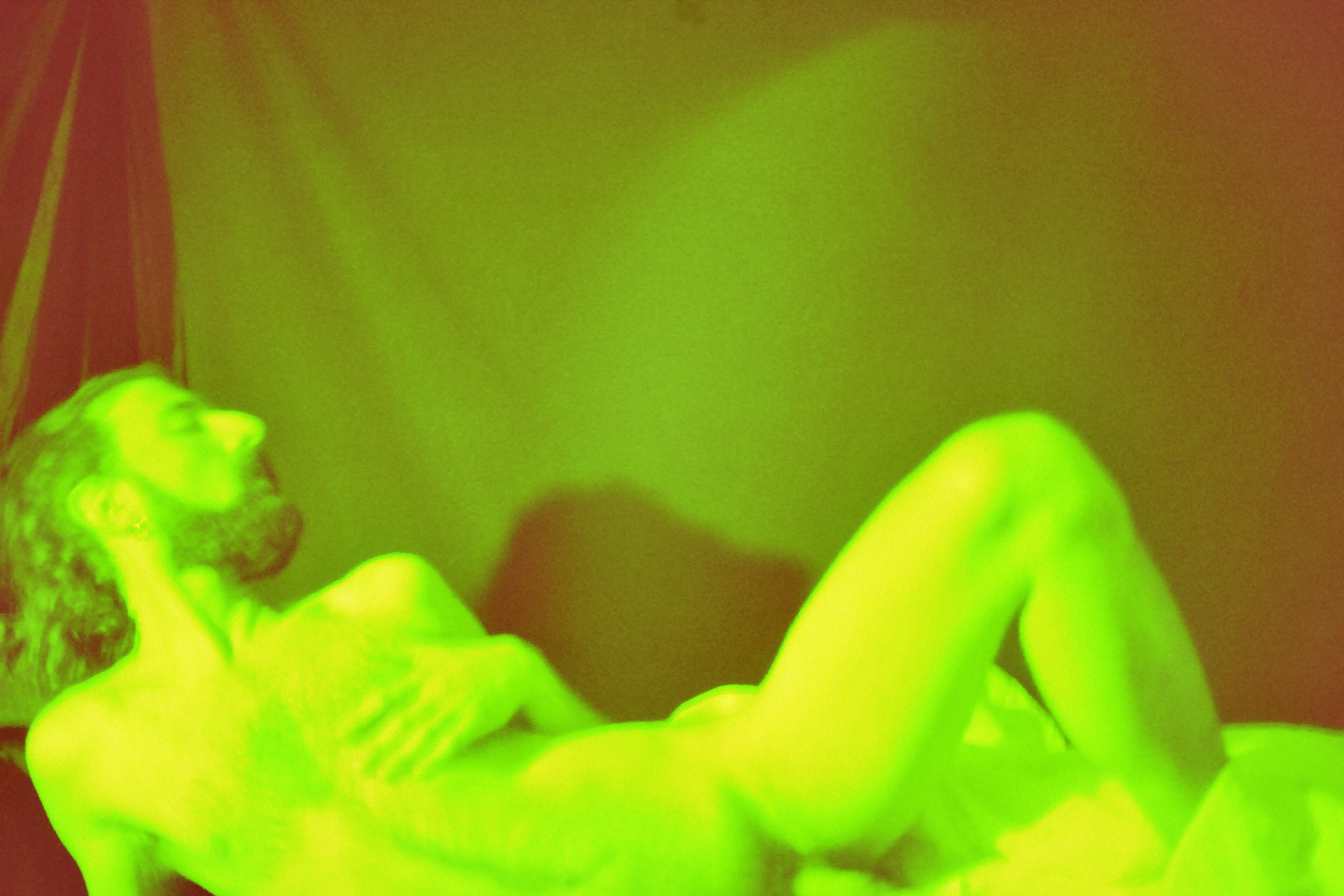
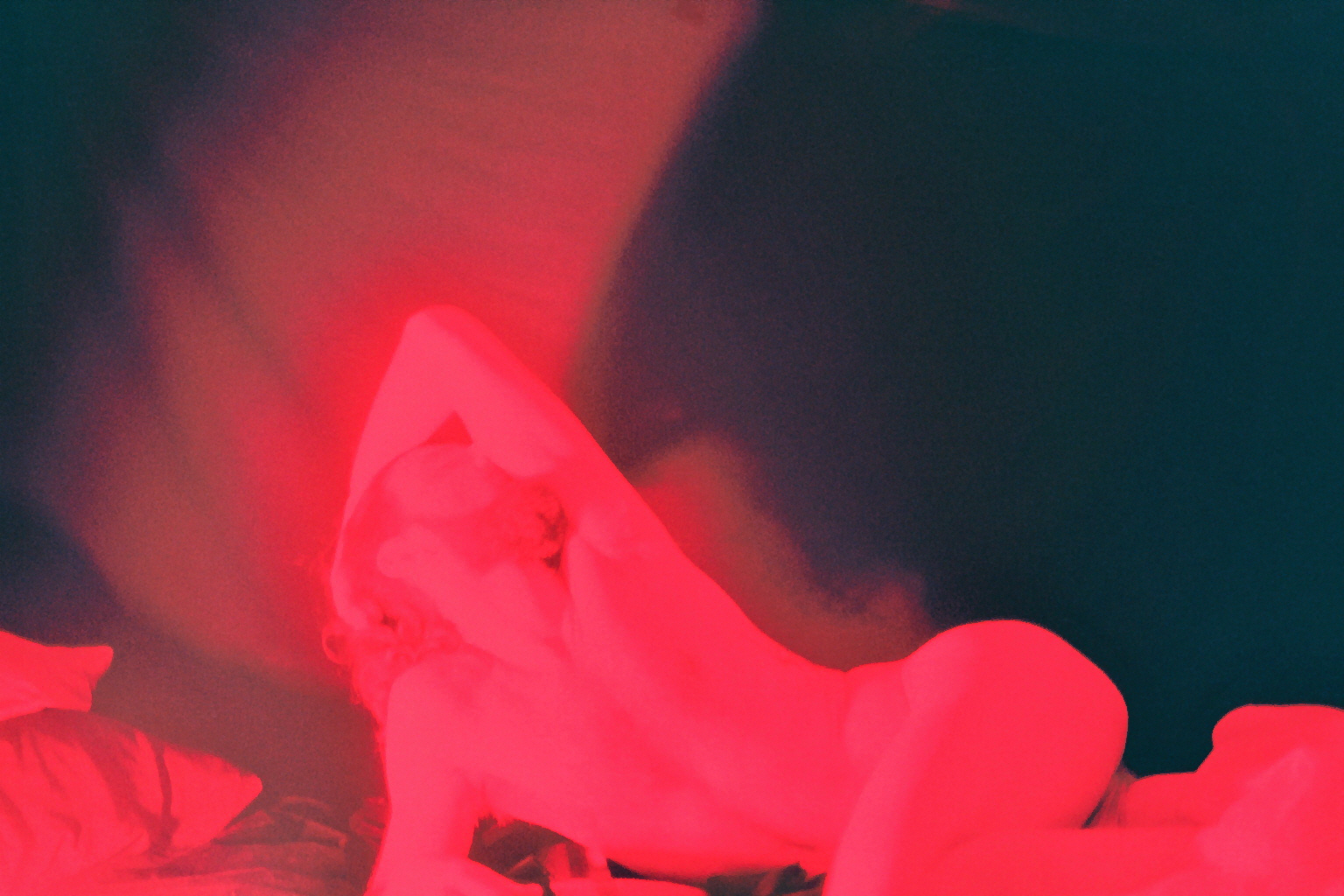
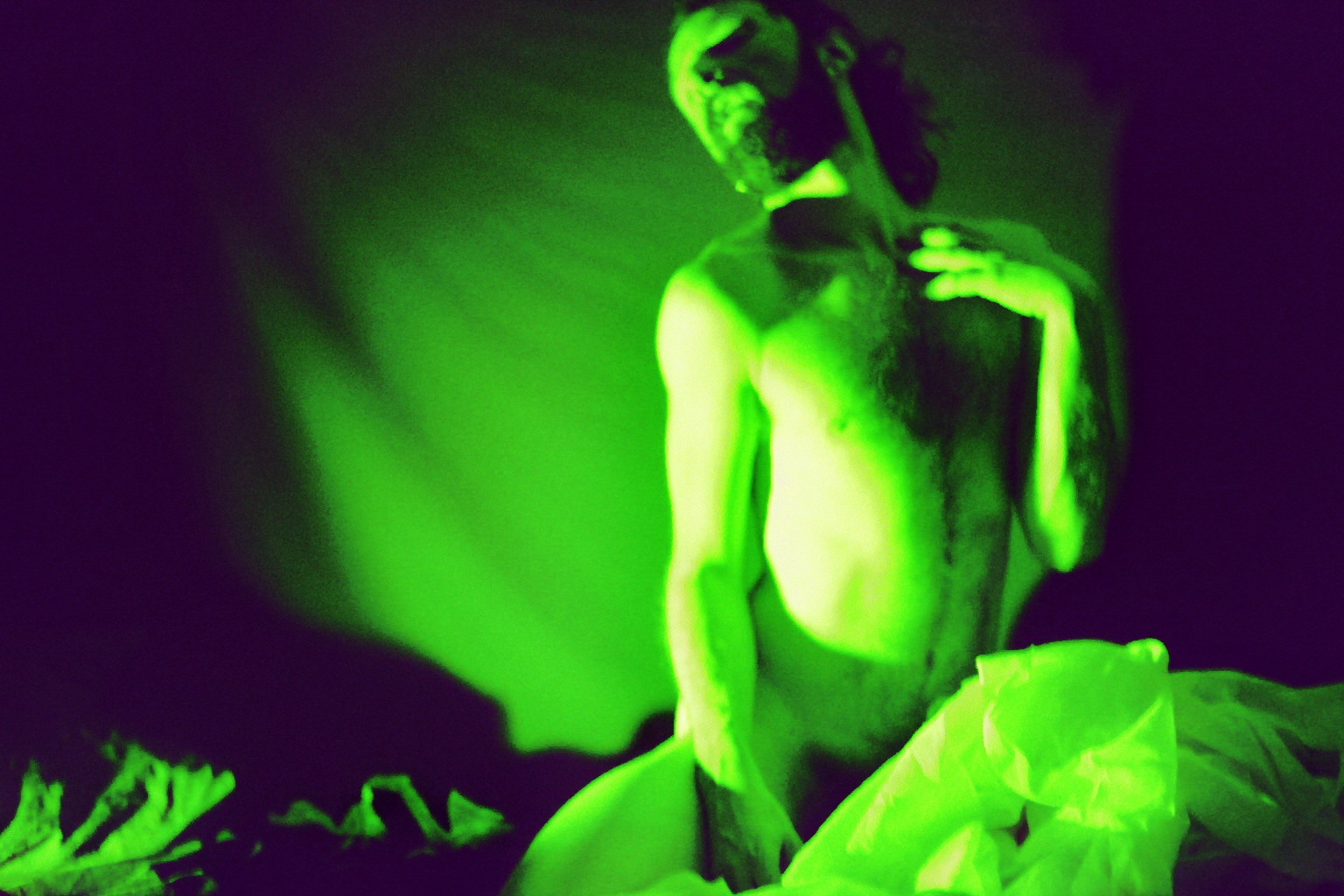
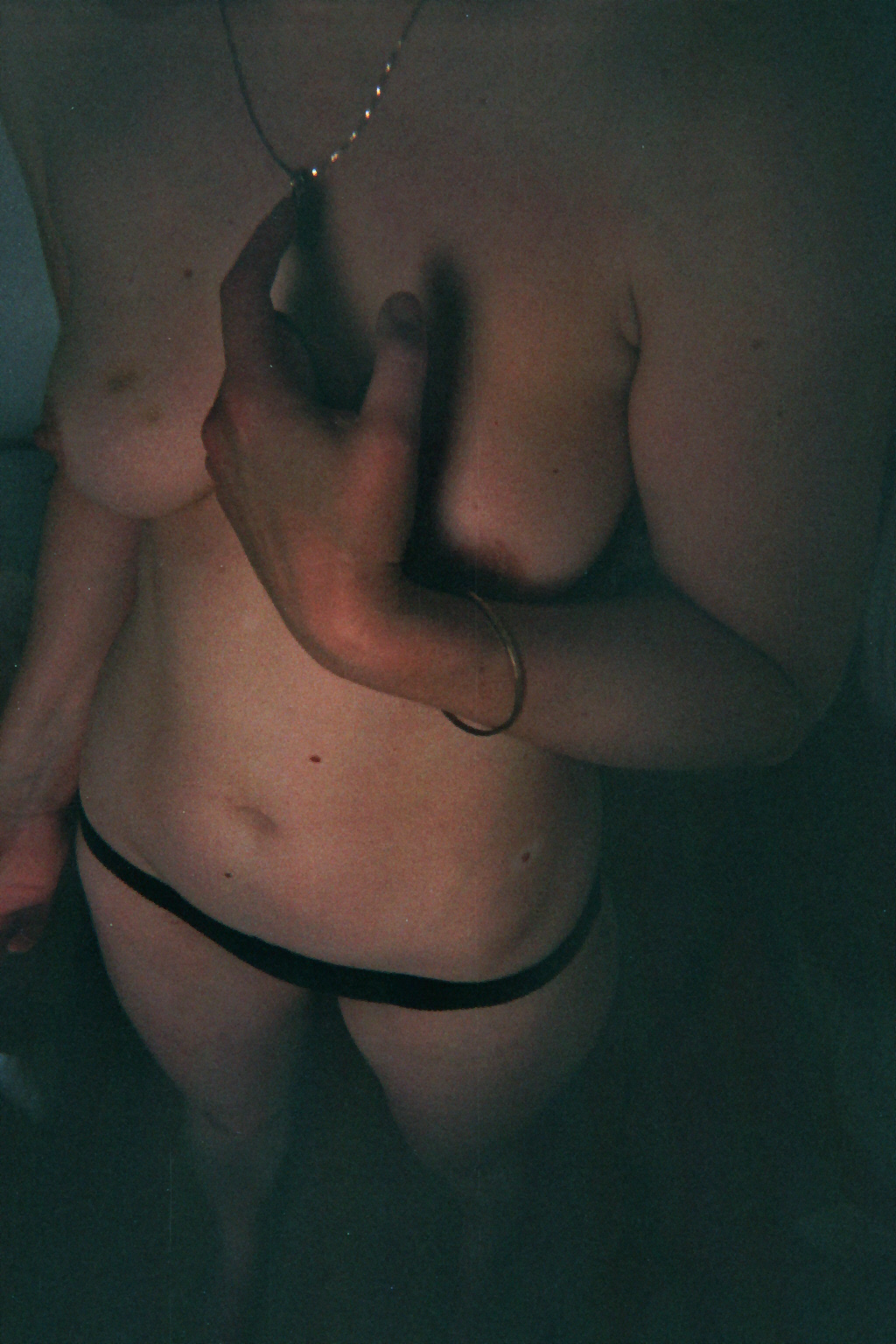
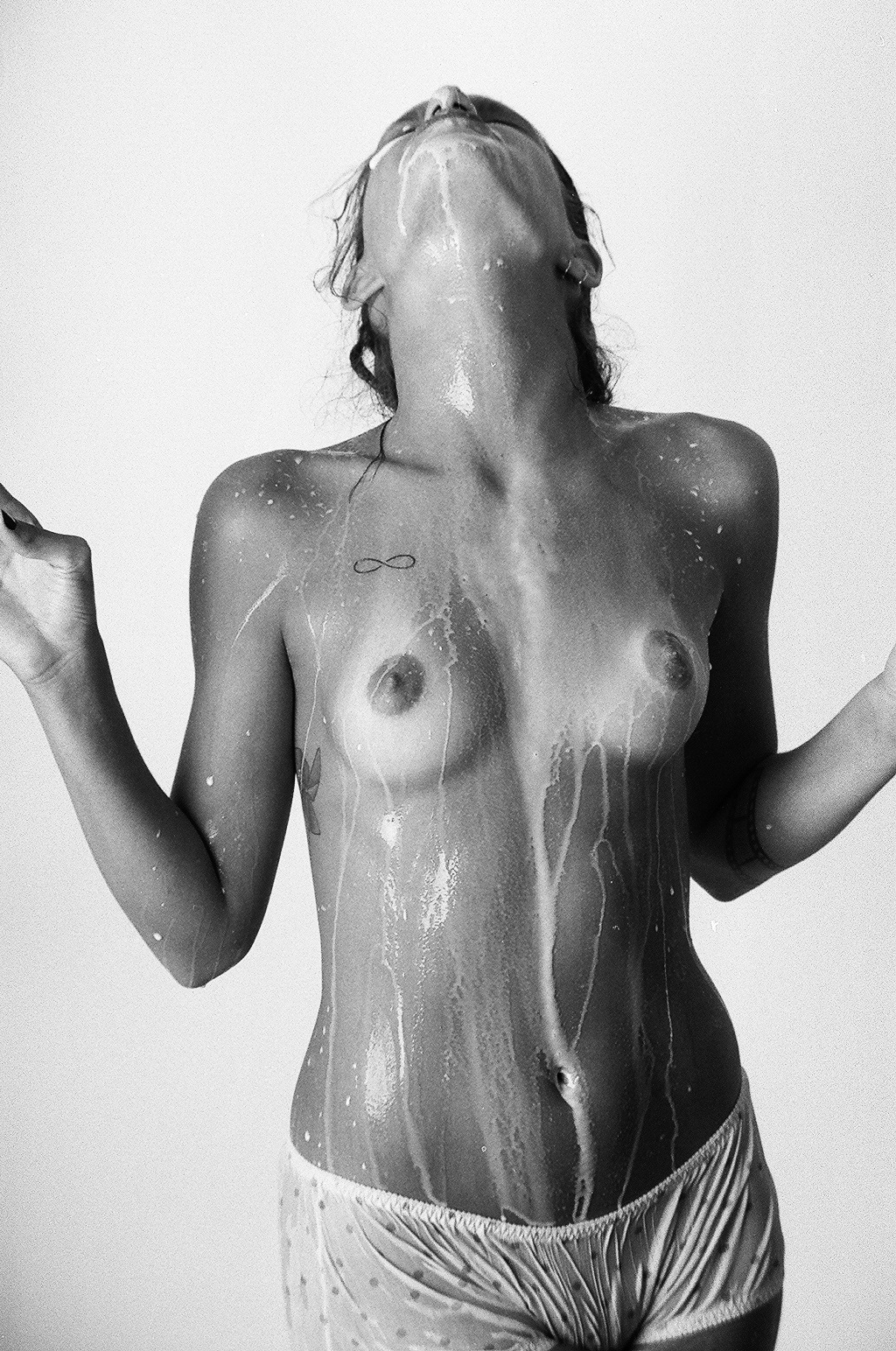
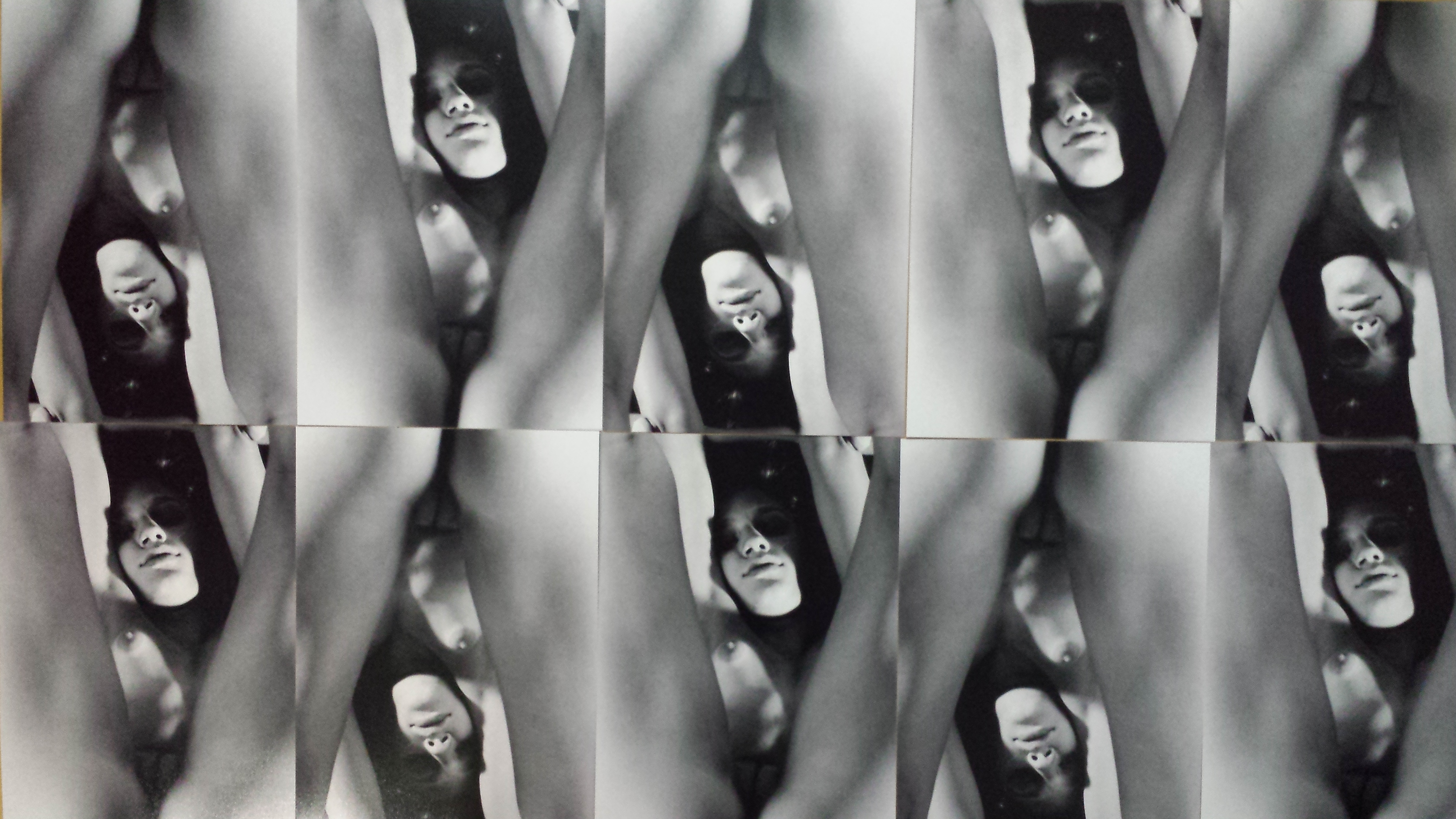
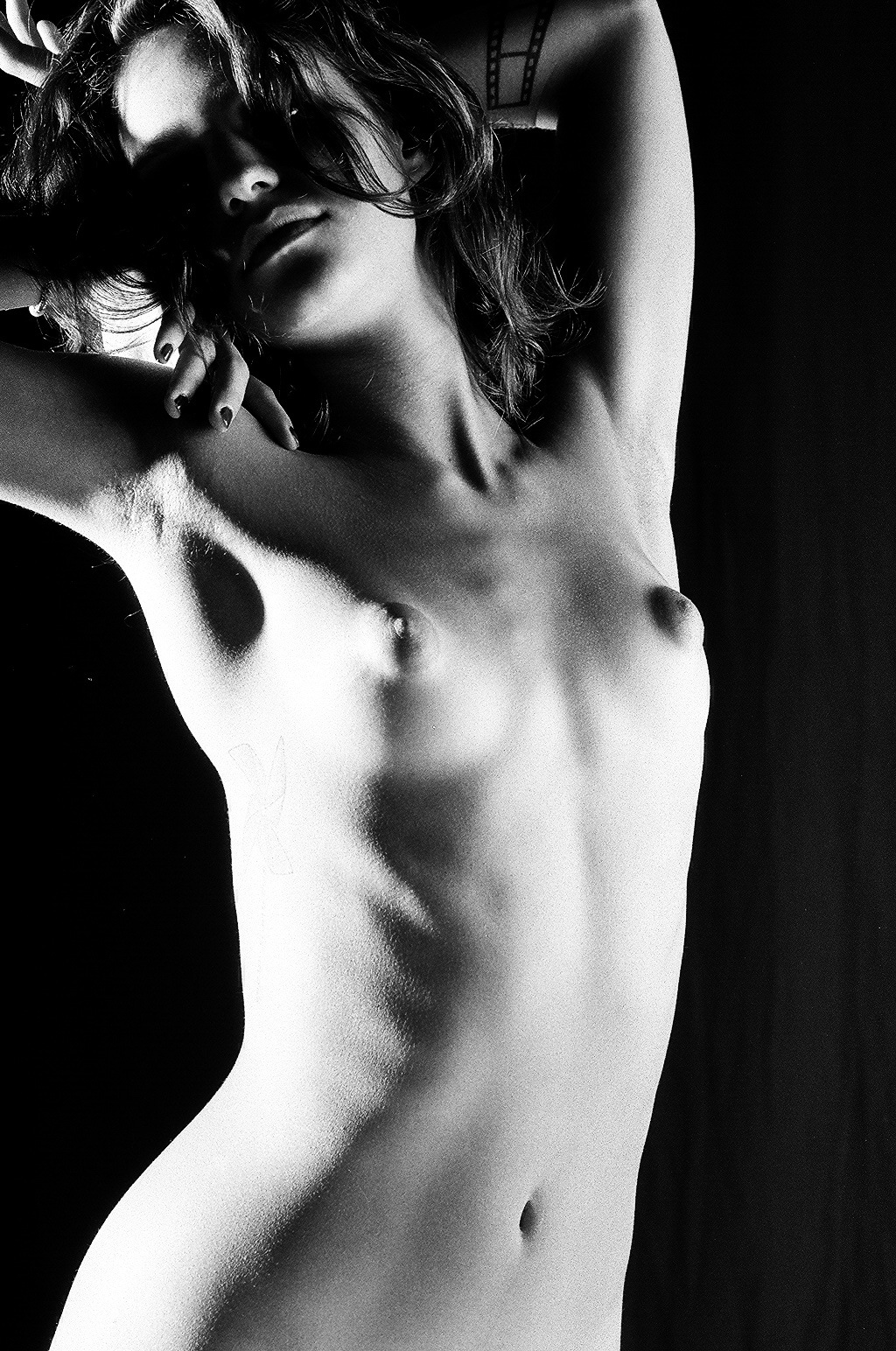
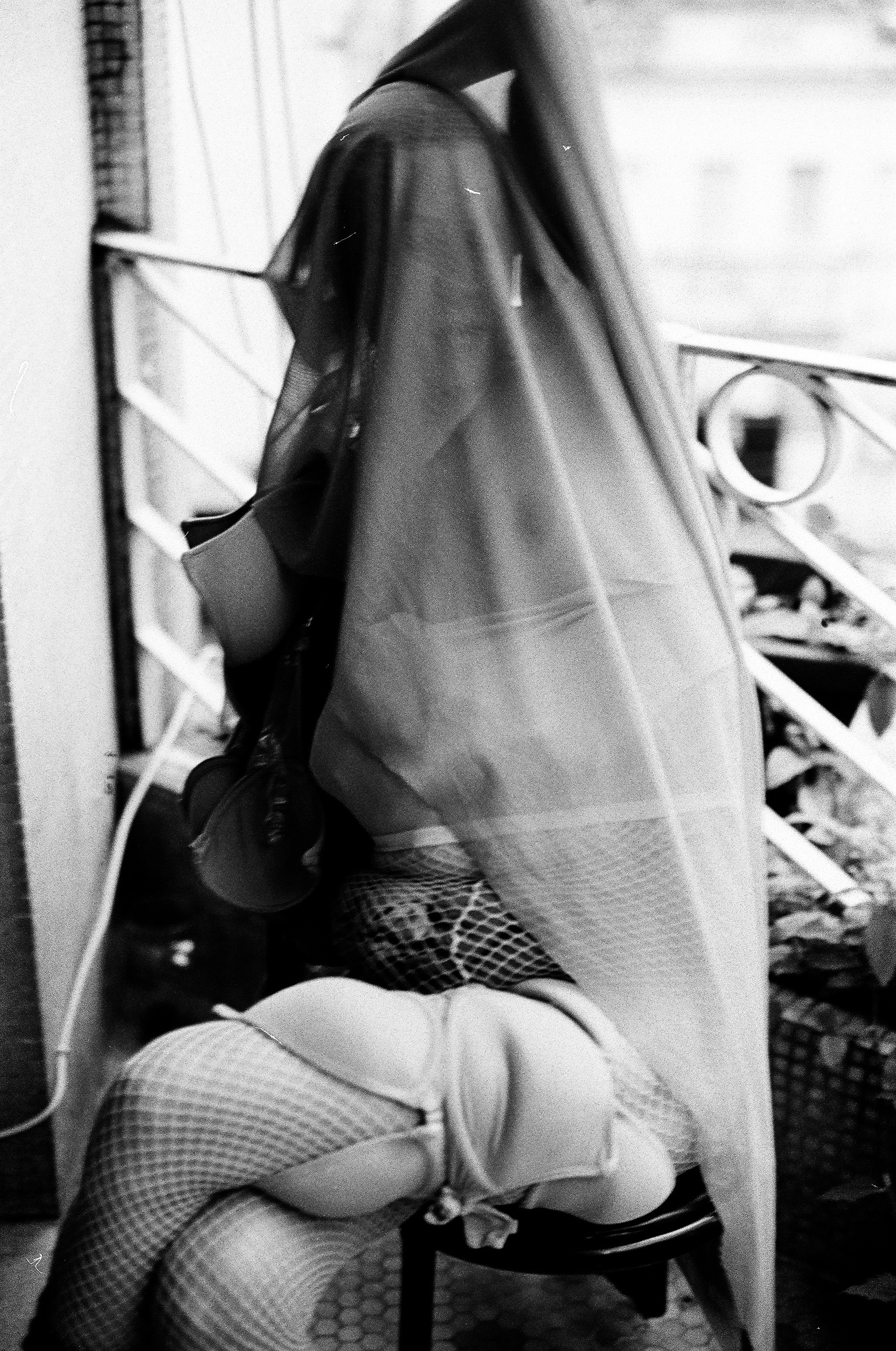
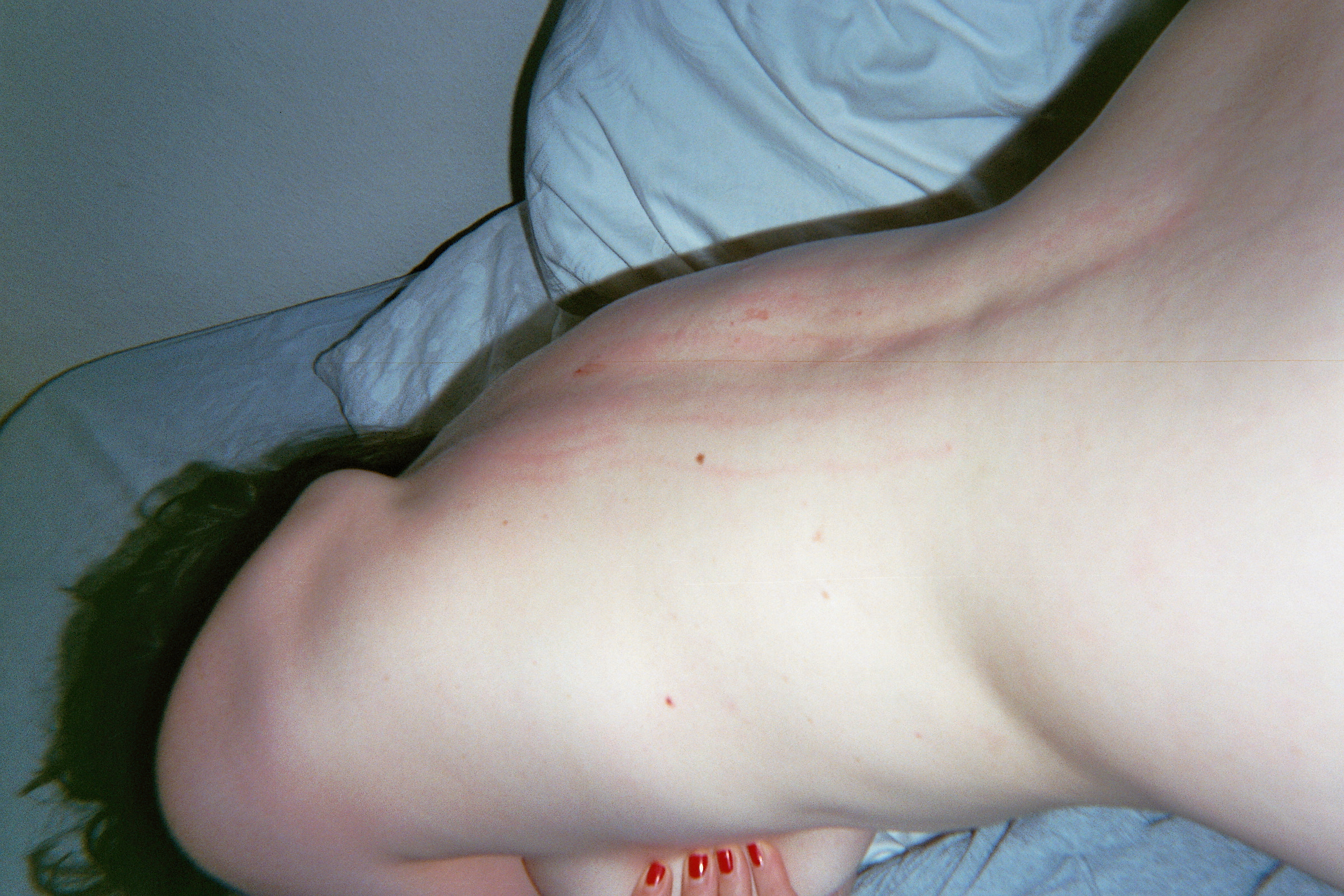
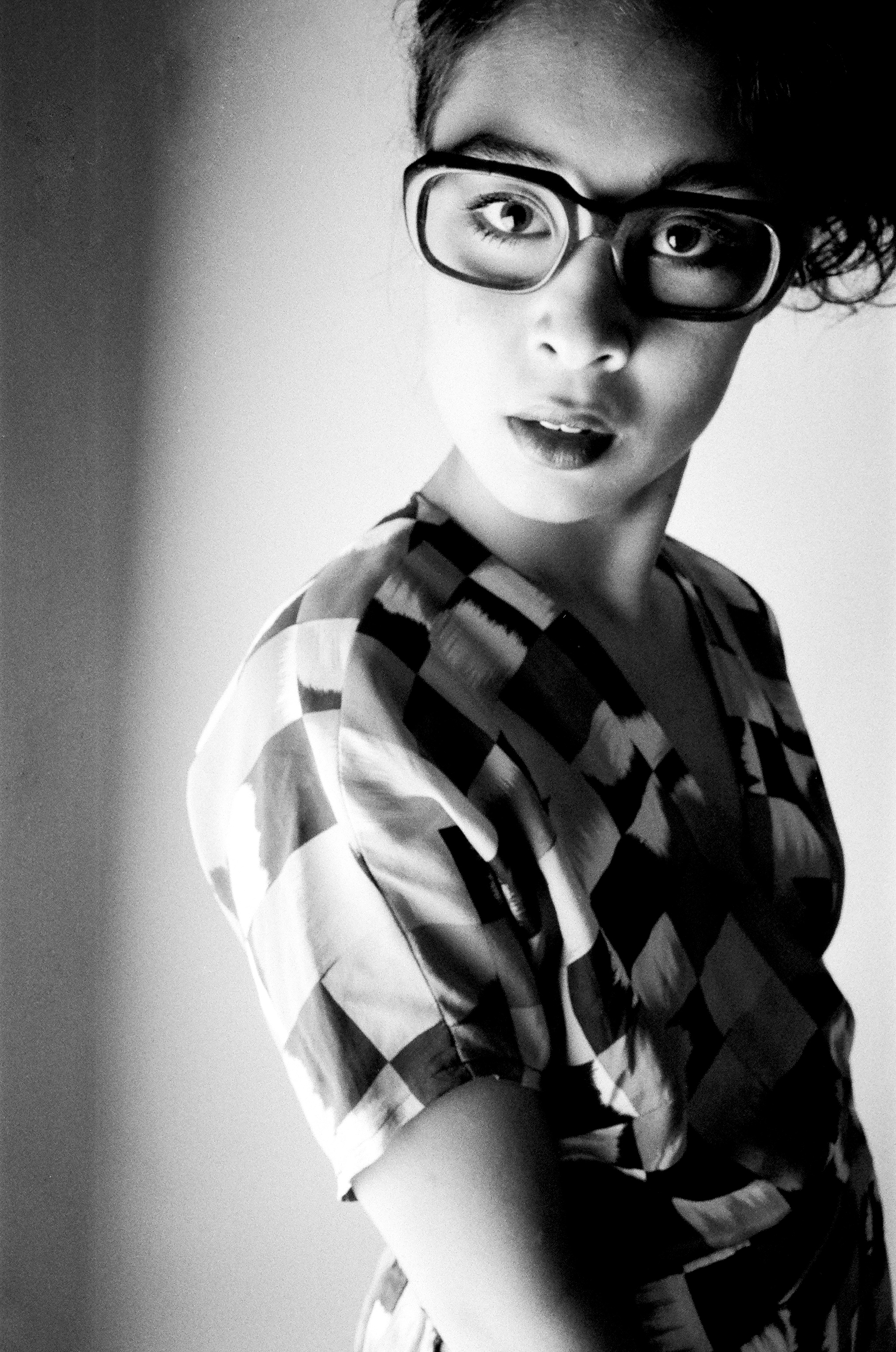
Once the objectification of the feminine body has figured a main role in art since the XVIII century we decided to invert this habit and give the same passive, offering like posture to the male body to see how we behave when we confront such a inverted objectification. The male body has sure been objectified as well but the objectification we seek here is not the contemporary/erotic one but the older one, the one from the Venus and Afrodite, the passive, helpless posture that older paintings so often portraits. Mixed up with this we also try to play against the camera, avoiding its automatic features, relying more on its optical- quimichal procedures than over its apparently obligatory mimesis, trying to portrait man and women on their unique defect, showing what we are supposed to hide, stripping ourselves, touching intimate layers, exposing it.
Für eine Philosophie der Fotografie; Vilém Flusser